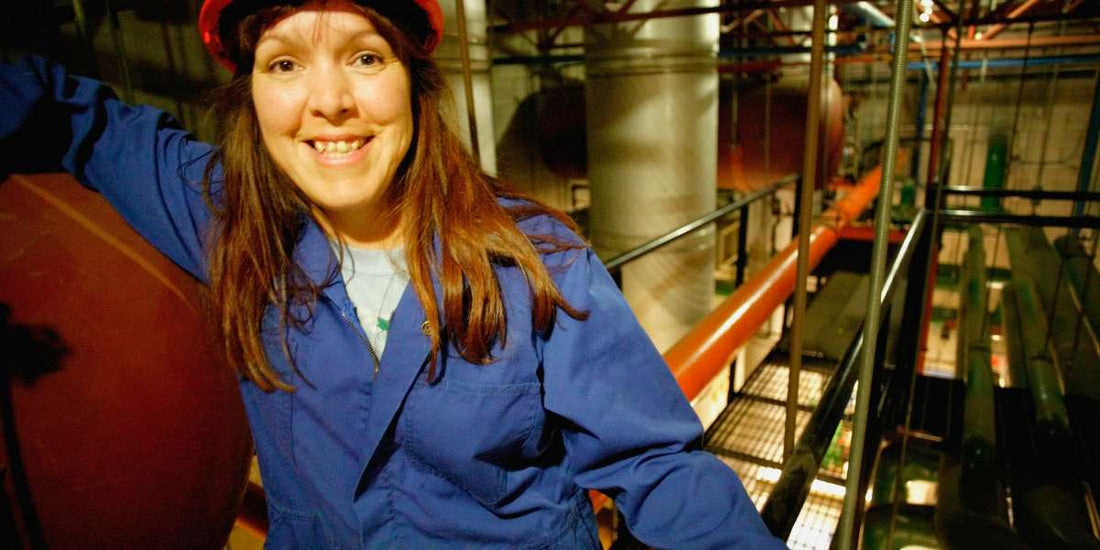Choosing the right workwear can greatly influence comfort and efficiency at work.
Whether for manual, industrial, or agricultural work, it's crucial to choose the right equipment. This article will guide you through the various criteria for choosing the ideal overalls, focusing on specific needs and usage conditions.
Here you will find practical advice and relevant information to help you make the best choice.
Materials and their importance in choosing a work suit
Choosing the right materials for a work suit is essential to ensure durability and comfort. Cotton is often preferred for its breathability and comfort, especially in warm environments. This is part of the best women's fashion .
Cotton and polyester blends offer a good balance between comfort and durability, being more resistant to tears and wear. Pure polyester is also commonly used for its stain and abrasion resistance, although it can be less breathable than cotton.
For jobs requiring increased protection, technical fabrics such as Cordura or Kevlar can be incorporated to provide superior resistance to cuts and punctures.
The different cuts and their impact on functionality
The cut of a work jacket plays a crucial role in its functionality. Slim-fitting cuts are ideal for jobs requiring great freedom of movement, as they follow the contours of the body without being restrictive.
Looser cuts are preferred for more physical tasks, allowing for better air circulation and reduced heat buildup. Also find out how to choose women's jeans .
It's also important to consider built-in pockets and storage , which add functionality by keeping tools and accessories close at hand.
Special attention to reinforcements on areas subject to wear, such as knees and elbows, extends the life of the garment.
Safety standards to consider
Safety is paramount when choosing overalls, especially in high-risk environments. European standards such as EN ISO 20471 for high visibility and EN 343 for rain protection are important references.
Overalls must also provide adequate protection against occupation-specific hazards, such as flame retardants for welding work or anti-static materials for environments sensitive to electrostatic discharge.
The presence of reflective strips can also increase visibility and safety in low light conditions.
Comfort and ergonomics in everyday life
Comfort and ergonomics are crucial aspects to consider for everyday use.
A well-designed workwear should offer good freedom of movement, not restrict movement, and be breathable enough to prevent heat buildup. Also find out how to choose a women's denim skirt .
Features like adjustable straps , elastic waistbands , and built-in knee pads can greatly improve comfort. Additionally, the fabric's breathability is essential to prevent excessive sweating, especially in hot environments or during intense physical exertion.
It is also important to choose a work jacket with reinforced seams for better durability and tear resistance.
Custom and job-specific options
Needs can vary considerably from one profession to another, and it is often necessary to customize your workwear to meet specific requirements.
Workers in the construction industry may prefer reinforced pockets for heavy tools, while those in the chemical industry may require chemical-resistant coatings .
Farmers can benefit from waterproof fabrics to withstand harsh weather conditions. Customization options such as adding logos, names, or other identifiers can also be a valuable asset to strengthen a sense of teamwork and improve recognition on the job site.


